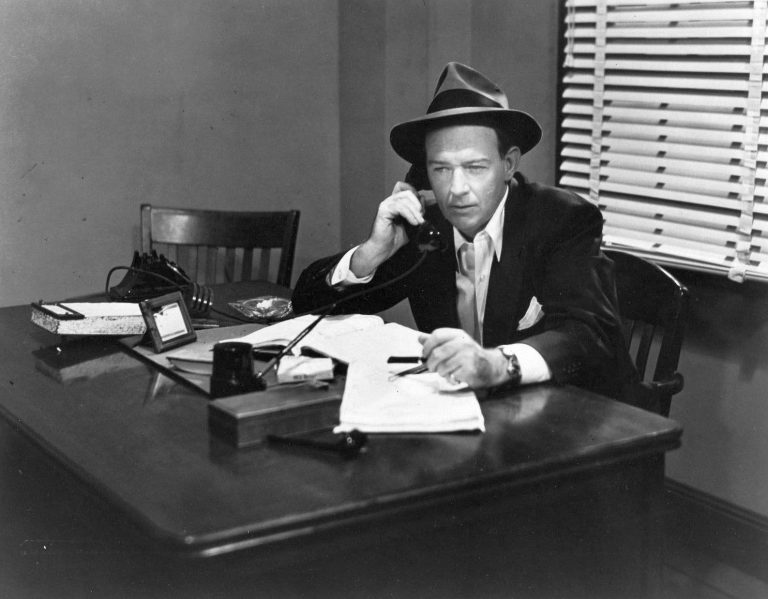This is the epic recording Herbert Morrison created at the Naval Air Station Lakehurst in Lakehurst, New Jersey during his eyewitness report at the landing site.
The Hindenburg was on the last leg of its three day journey from Frankfurt, Germany. Although the airship had reached its landing zone around 4:00 PM that afternoon in Lakehurst, NJ the captain called for a delay in landing because of the weather conditions. Captain Max Pruss continued to pilot the zeppelin over the New Jersey coast as he waited out the bad weather. At about 6:00 PM Captain Pruss determined that conditions had cleared enough to land. Relaying the messages along the chain of command it was not until 7:00 PM that the Hindenburg was set to land at the mooring post. As the wind continued to shift Captain Pruss and his crew of 61 men continued to attempt the landing and keep the air ship stables in its descent.
At approximately 7:20 PM the landing lines were dropped to the crew waiting in the field and that is when one of the crew noticed a piece of fabric from the zeppelin flapping around as if gas were escaping from one of the fuel cells. Shortly after that the first flames were seen by both crew and bystanders watching in the field. The fire spread quickly through the ship and engulfed the tail of the ship. The ship remained level for several seconds as it burned and then began to nose dive to the ground. The fire spread so quickly throughout the ship that it burned for less than a minute before it was completely engulfed in flames.
The Hindenburg left Frankfurt with 97 people on board; 62 survived the crash at Lakehurst, although many suffered serious injuries. Thirteen of the 36 passengers, and twenty-two of the 61 crew members, died as a result of the crash, along with one member of the civilian landing party who was on the ground during the crash.
It is unclear what the initial cause of the flames were but many speculate that it was due to an electrostatic spark. The spark along the fabric of the airship caused the escaping gas to ignite and spread through the rest of the gas cells. Although there were many successful flights during this first mode of air transport the Hindenburg disaster marked the end of the great zeppelin era.
















